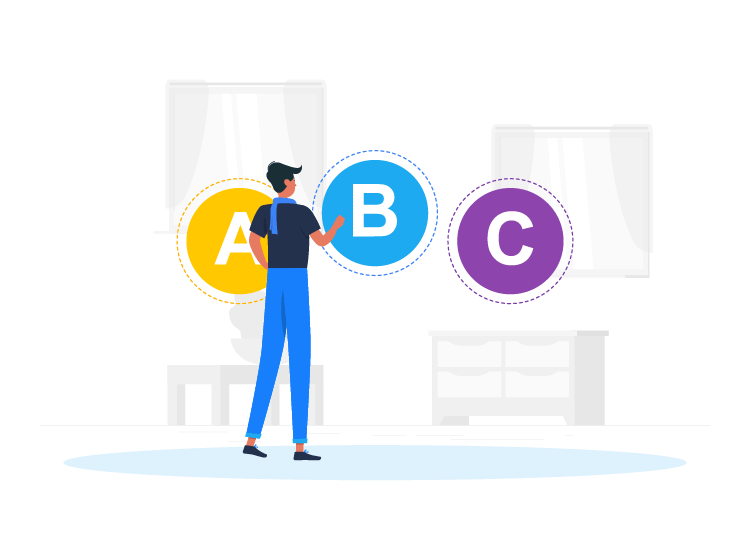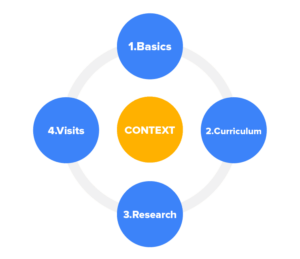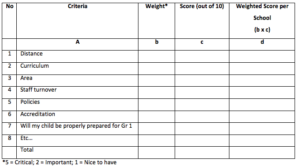Empowering childcare centres with tools to simplify operations and enhance outcomes
Automate payments, manage subsidies, and ensure financial accuracy with ease.
Effortless communication between families and educators for instant updates, messages, collaboration, and conversations.
Track, document, and celebrate every milestone in a child’s journey.
Simplify enrolment, manage waitlists, and track attendance effortlessly.
Streamline scheduling, performance tracking, and team communication.
Keep families informed with real-time updates and daily reports.
Discover how Parent can transform your childcare centre’s operations
Access a variety of tools, guides, and insights to help you get the most out of Parent
Stay updated with industry trends, expert advice, and childcare management tips.
See how childcare centers like yours achieved success with Parent.
Find quick answers to the most common questions about Parent's features and services.
Join live sessions or watch on-demand webinars for in-depth guidance and tips.
Get step-by-step support with articles, guides, and troubleshooting resources.


So – it’s time for little Sally (or Johnny) to go to creche. Or should that be a daycare? Maybe it’s a preschool? Nursery, anyone?
Not to be pedantic, but there is of course a difference between these concepts. The differences not only relate to what ECD (Early Childhood Development) educators say about the matter, nor what amounts to best practice but often the meaning behind the terms differs from country to country.
So, let’s dispense with definitions first – at least as far as some sources would have it:
So, although there are different viewpoints about terminology and age-related requirements, it would seem as if the primary difference is that a preschool has some sort of formal curriculum in place, whilst a creche may not. (This is also not a panacea – in South Africa, there is the well-known Play, Learn Win curriculum, promoted by the similar-named company, which in fact makes provision for curricula-based training for children already from zero to eighteen months – but because their focus is on play-based interventions – more on this later – the term ‘curriculum’ may be somewhat of a misnomer).
In order to avoid confusion as far as terminology is concerned, for the rest of this article, we will use the term Child Care Centre, to include reference to any and all the types of institutions mentioned above, accepting in the same breath that there may be different approaches between different ‘schools’ of thinking in this regard.
Aim
The aim of this article is to discuss the various options available for child care centers, whilst also considering the requirements that a facility may have to fulfil to ensure a seamless transition path to the first level of formal education in the child’s school life, i.e. to Grade 1.
This is of course a highly subjective matter which is influenced by several factors. Some of the most important considerations for parents are the following:
However, this need not be a daunting undertaking, even if approached in a quasi-scientific manner!
Important Considerations
Generally speaking, there are four things that need to be considered by parents – this may be broken down into simple steps:
It is important to understand that the undertaking of the above four steps must be done within the broader Context – one may consider this to be the fifth Step. The Context involves factors like considering the specific cultural factors at play within the environment, the Grade 1 requirements for children, the regulatory environment (who ‘governs’ the facility, regularity of inspections), etc.
The interplay between these factors is illustrated in Figure 1. This may be termed the Child Care Centre Decision Ecosystem – a consideration of all relevant factors at play when selecting a child care centre.

Figure 1: The Child Care Centre Decision Ecosystem
Let us investigate each of the steps mentioned above in more detail.
Think about how the child care centre will fit into your family’s daily life. Here are some questions parents could consider:
This issue can sometimes be a minefield for parents, especially because there are nowadays so many options available. And not only are there ‘formal’ curricula out there, but there are also other ‘educational philosophies’ which may be relevant, depending on the country that you are living in.
I list these terms in alphabetical order, with no specific preference – these are methods, approaches, and settings. one could of course have a specific method/approach followed within a specific setting:
Once you have a good idea of what type of philosophy would best suit your child as well, as of the Context that it is important, there are a few things you can do to help narrow down your options:
Now that you have narrowed down your choices and come up with two or three settings you are interested in, schedule a time to visit each setting. You can learn a lot about a setting by the way staff approach introductory visits with you and your child. During your visit ask yourself the following questions:
Other things which you may consider, are the following:
It is a useful idea to draw up a checklist before such visits. If you want to go about this in a scientific manner, you could even rank these criteria, by means of a weighted average instrument for every facility as indicated in Table 1:
Table 1: Weighted Average Checklist

Remember, as you go through this process, to continually revisit the Context. A good example of the importance of this is if you are living abroad as an expat. Will my child fit into a specific cultural environment? As an aside – early years multi-cultural exposure can be of great benefit to a child in later years.
Other questions to consider here are – will he/she be properly prepared for reintegration back home one day? Are the teachers properly qualified? Are there proper health and safety regulations and inspections?
The right Kindergarten software solution can save teachers hours every day, so they can focus on spending more quality time with their little students.
Here’s what you should look out for in an advanced childcare management system:
Also, a good child care management system must have the following features:
So, What is the best childcare center management software on the market right now? Which also has these features?
I believe that Parent™ childcare management solution can give you all of this and more?
Parent™is a world-class Kindergarten management system, designed exclusively for busy childcare professionals and specialists in early childhood education.
Parent™ childcare management software works perfectly for home childcare, daycare centers, nurseries, and preschools. It’s fusing cutting-edge software with ease of uploading, efficient communication systems, an intuitive design, and so much more.
Go ahead and try it out yourself! you’ll never know unless you give it a go.
The above guidelines hopefully provide some sort of indicator of what to look for when deciding on a proper child care facility for your child. There are probably many more questions that one could pose, and more factors to consider.
At the end of the day, there is no alternative but to get feet on the ground and investigate the various facilities in person. Getting there well-prepared is however very important, so that you may be able to ask the correct questions.
In the final analysis, no amount of questions or checklists can replace the ultimate indicator of the best fit between the establishment and your child – is he or she a happy and fulfilled child, and will he/she be properly prepared for ‘real’ school…
https://sg.theasianparent.com/the-preschool-curriculum-conundrum
https://www.babycenter.com/0_preschool-director-teacher-interview_1450420.bc
https://www.lotc.org.uk/wp-content/uploads/2010/12/Benefits-for-Early-Years-LOtC-Final-5AUG09.pdf
https://www.locusassignments.com/advantages-and-disadvantages-of-montessori-education/
https://eclkc.ohs.acf.hhs.gov/sites/default/files/pdf/supporting-transitions-brief-one.pdf
http://www.differencebetween.info/difference-between-creche-and-preschool
https://lifefamilyjoy.com/preschool-vs-nursery-school-exactly-difference
Janse van Vuuren, I. Child Care Centre Decision Ecosystem. Doha. 2019.


